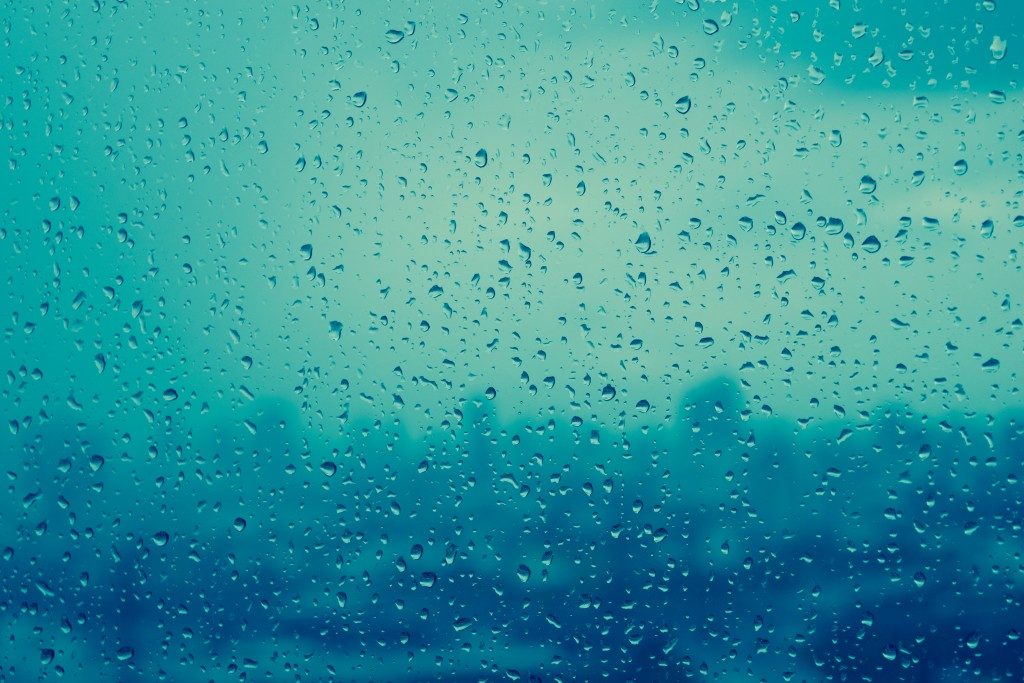If you will notice, the buildings today have different exterior designs compared with the structures built before — those with the one-dimensional approach. Most building owners believe that having a simple and uncluttered and strong rainscreen facade makes a difference, as it provides both function and beauty.
Protecting Your Building
Rainscreen cladding is the process of adding an outer layer to an existing building. The benefits include the following:
- A barrier mechanism that is resistant to various weather conditions
- Good insulation material to decrease hot and cold indoor atmosphere condition. In fact, this mechanism promotes good thermal movement inside the building.
- Helps your building avoid mold presence because the water vapor escapes through the cladding and insulation materials.
- Prevents your building from getting wet
- The air spacing between the cladding and building itself speeds up evaporation of the moisture, protecting the integrity of the structure.
- You have the freedom or flexibility to build the outer layer according to the design that your heart dictates, providing you with aesthetic benefits.
- A sustainable and environment-friendly solution; most cladding materials can be recycled and have a low carbon footprint
Here are some interesting facts that modern experts in architecture do in making outstanding building exteriors:
Following Two-Dimensional Approach
Now, experts have innovative ways to use the smallest range of materials and colors possible to produce minimalistic, unique building facades. They focus on a two-dimensional approach to creating exquisite exterior designs for buildings.
If you got the chance to see some pictures of extraordinary designs of buildings online, you would think that they are photoshopped, but actually, they are not. Some may appear like a distorted building; others look like a sinking structure into the ground, etc. These buildings use optical illusions to play tricks on your eyes, carefully and intelligently designed by combined skills of excellent artists and architects.
Take note that you must always consider function over your aesthetic objective. The principal purpose of the outer layer is to protect your structure.

Understanding Cladding Materials
A cost-effective solution to make your structure appear more appealing is to choose lightweight but durable cladding materials.
- Brick and mortar exterior cladding: Bricks are among the most widely used materials for making outer cladding. They are easy to find on the market. Looking for contractors who can build the exterior cladding is now very convenient. Bricks are being formed by burning clay soil in furnaces. Your edge in choosing bricks is they can last a lifetime.
- Vinyl siding exterior cladding: Vinyl siding is trendy in new homes. The material has long-life — can be up to 50 years. One of the great benefits you’ll get from this material is that it requires little to no maintenance. Interestingly, these materials help the environment because their production requires less energy and fuel.
- Wood siding exterior cladding: If you want your building to have a rugged, traditional look, you can opt to choose wood siding exterior cladding. The material is easy to find. But make sure the materials are FSC certified, meaning they came from sustainably controlled forests.
- Metal exterior cladding: If you’re looking for a durable material that requires less maintenance and has a long lifespan, choose metal exterior cladding. This material is one of the most uncomplicated components of the building to fashion, as it can easily be dented. It promotes safety and convenience because it discourages mold formation, is insect-proof, and is fireproof.
After identifying the right materials to build the outer layer of your building, coming up with an exquisite design becomes more natural. Collaborate with your architect and contractor because they can provide you with brilliant ideas.

